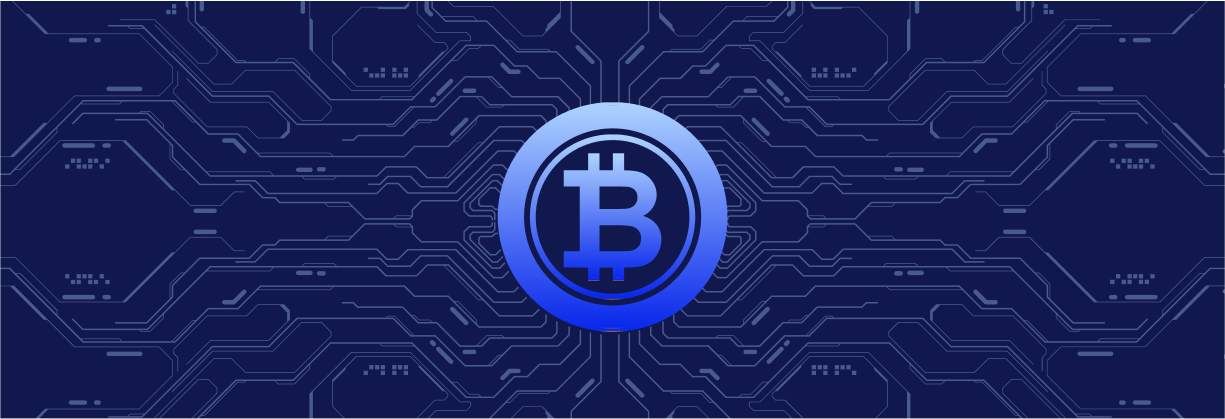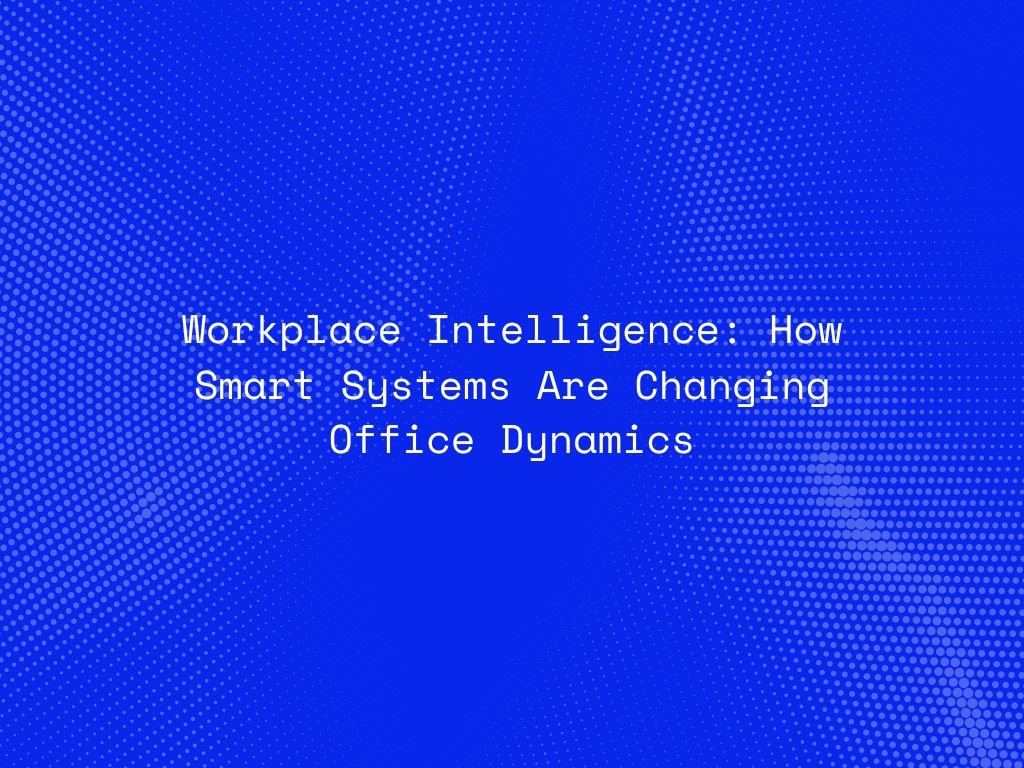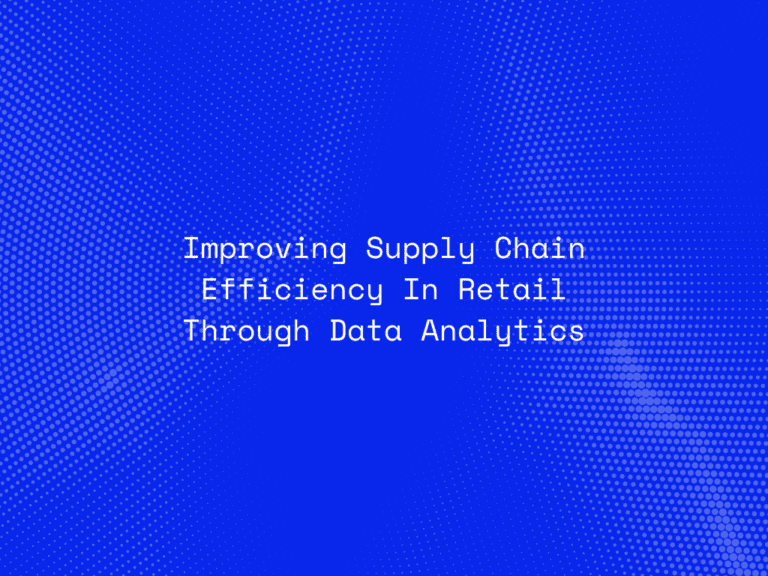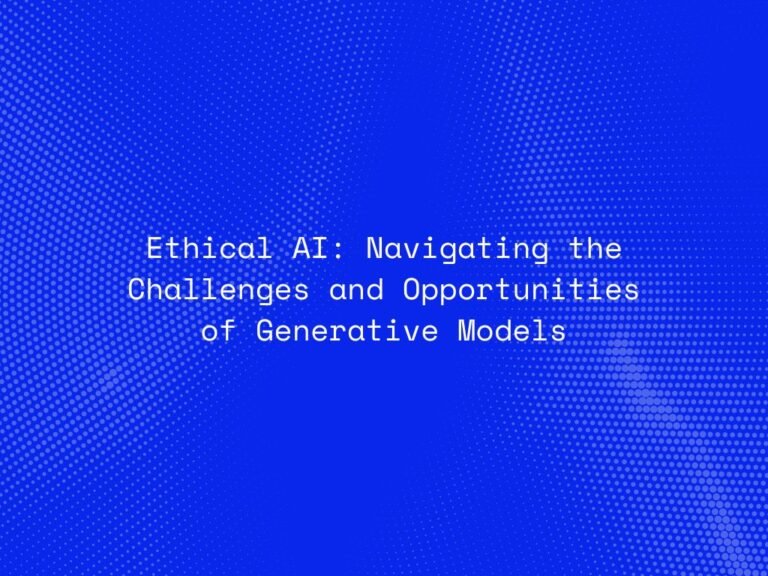The modern office is no longer just desks, cubicles, and scheduled meetings. It’s becoming an intelligent environment driven by smart systems, AI, machine learning, and IoT-powered tools. Known collectively as Workplace Intelligence, these innovations are transforming everything from team collaboration and resource allocation to employee engagement and organizational culture.
In 2025, the intelligent office isn’t futuristic—it’s already here. And businesses that embrace it are seeing measurable gains in productivity, satisfaction, and agility.
What Is Workplace Intelligence?
Workplace Intelligence refers to the use of advanced technologies—particularly artificial intelligence (AI), data analytics, natural language processing (NLP), and smart devices—to understand, optimize, and enhance how people work within an organization.
It combines people analytics, digital tools, and behavioral data to help organizations:
-
Automate routine tasks
-
Anticipate needs
-
Foster collaboration
-
Enable data-driven decision-making
-
Promote employee well-being
Key Technologies Powering Workplace Intelligence
AI & Machine Learning
-
Automates workflows (e.g., email triage, meeting summaries)
-
Predicts performance trends and attrition risks
-
Provides personalized productivity recommendations
Natural Language Processing (NLP)
-
Powers smart assistants (e.g., Slackbot, Microsoft Copilot)
-
Enables real-time translation, transcription, and content generation
-
Analyzes sentiment in employee feedback
IoT and Smart Sensors
-
Track workspace utilization and energy usage
-
Optimize lighting, temperature, and air quality for comfort
-
Enable contactless access and meeting room bookings
Data Analytics & Dashboards
-
Real-time visibility into team performance
-
Resource planning and utilization tracking
-
Insights into communication patterns and bottlenecks
How Smart Systems Are Reshaping Office Dynamics
1. From Static to Adaptive Workspaces
Smart offices adapt based on real-time data. Desks, lighting, and temperature adjust to employee preferences. Meeting rooms are automatically booked based on team calendars and optimal collaboration needs.
2. Smarter Collaboration and Communication
AI-powered platforms analyze how teams interact and suggest better collaboration methods—such as reducing unnecessary meetings or identifying key knowledge contributors.
3. Predictive Scheduling and Workflow Automation
Smart systems handle repetitive tasks like scheduling meetings, sending reminders, or following up on tasks—freeing up employees for strategic work.
4. Real-Time Feedback and Sentiment Analysis
Employee pulse surveys and feedback tools use NLP to gauge morale and engagement, giving leaders timely insights to take action before issues escalate.
5. Personalized Employee Experiences
Digital workspaces adapt to individual working styles. Whether someone is more productive in the morning or thrives on deep focus time, AI tailors suggestions and task management accordingly.

Benefits of Embracing Workplace Intelligence
- Higher Productivity: Less time on manual work, more focus on high-value tasks
- Improved Employee Engagement: Tailored tools and experiences promote satisfaction
- Data-Driven Leadership: Managers get actionable insights, not just dashboards
- Greater Agility: Rapid response to changing work patterns or team needs
- Optimized Resources: From desk space to project time, everything is used smarter
Challenges and Considerations
-
Privacy & Ethics: Monitoring tools must respect employee boundaries
-
Adoption & Change Management: Teams may resist unfamiliar technologies
-
Data Silos: Integrating insights across platforms requires careful planning
-
Bias in Algorithms: Workplace intelligence must be fair, inclusive, and explainable
The Future of Workplace Intelligence
Looking ahead, workplace intelligence will increasingly incorporate:
-
Emotion AI to better understand team sentiment
-
Digital twins of organizations for scenario planning
-
Hyper-personalization of workflows and career paths
-
AI copilots for every role, acting as virtual assistants and collaborators
Workspaces will become living systems—continuously learning from behavior and optimizing environments for innovation, health, and efficiency.
Conclusion
Smart systems are not just enhancing how we work—they’re redefining the workplace itself. By embedding intelligence into daily workflows and office infrastructure, companies are fostering environments where people and machines co-create value.
For enterprises aiming to stay ahead in 2025 and beyond, embracing workplace intelligence isn’t optional—it’s strategic.




